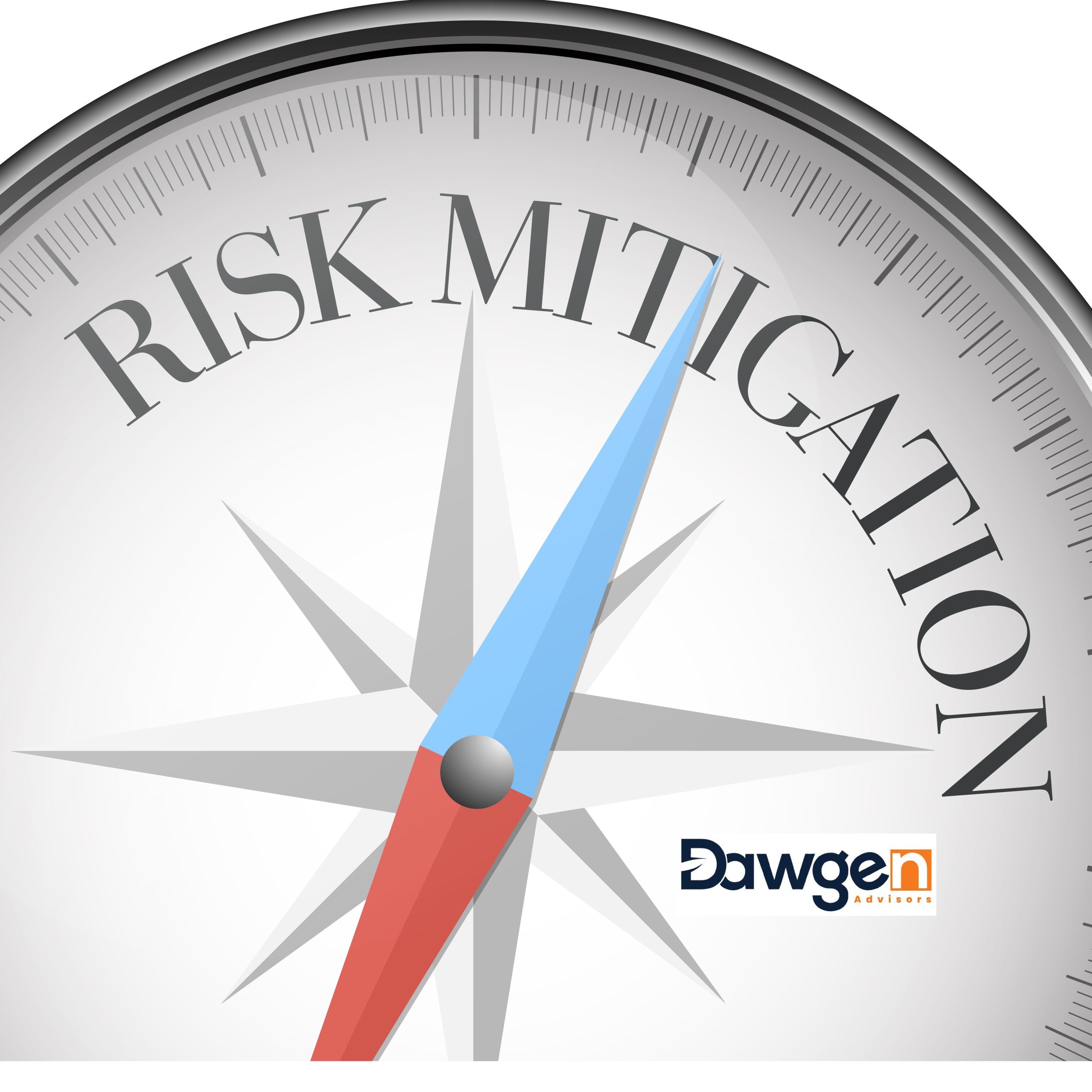 In today’s volatile global economy, understanding and assessing macroeconomic risks is paramount for CEOs to make informed decisions. Macroeconomic risks, stemming from broad economic factors, can profoundly impact a company’s operations, profitability, and strategic direction. Navigating these risks effectively can safeguard a company’s financial health and strategic positioning. Here’s a comprehensive guide on how CEOs can assess true macroeconomic risk to enhance decision-making.
In today’s volatile global economy, understanding and assessing macroeconomic risks is paramount for CEOs to make informed decisions. Macroeconomic risks, stemming from broad economic factors, can profoundly impact a company’s operations, profitability, and strategic direction. Navigating these risks effectively can safeguard a company’s financial health and strategic positioning. Here’s a comprehensive guide on how CEOs can assess true macroeconomic risk to enhance decision-making.
Understanding Macroeconomic Risks
What Are Macroeconomic Risks?
Macroeconomic risks refer to the uncertainties and potential adverse impacts arising from broad economic factors that influence the overall economic environment in which businesses operate. These factors include, but are not limited to:
- Economic Growth Rates: Fluctuations in GDP growth can signal changes in consumer spending, investment levels, and overall economic health.
- Inflation: Rising prices can erode purchasing power and increase costs for businesses, while deflation can lead to decreased consumer spending.
- Interest Rates: Changes in interest rates affect borrowing costs, investment returns, and overall economic activity.
- Exchange Rates: Currency value fluctuations can impact international trade, profitability, and competitive positioning.
- Political Instability: Government changes, policy shifts, and geopolitical tensions can create uncertainty and affect market confidence.
The Importance of Identifying and Analyzing Macroeconomic Risks
For CEOs, the ability to identify and analyze these risks is crucial for several reasons:
- Strategic Decision-Making: Understanding macroeconomic trends enables CEOs to make strategic decisions that align with the broader economic environment. This includes decisions related to expansion, investment, and resource allocation.
- Risk Mitigation: By identifying potential risks early, CEOs can develop strategies to mitigate their impact, such as diversifying revenue streams, adjusting pricing strategies, or securing financing under favorable terms.
- Operational Resilience: Analyzing macroeconomic risks helps in building a resilient business model that can withstand economic shocks. This involves creating contingency plans and maintaining financial flexibility.
- Competitive Advantage: Companies that effectively manage macroeconomic risks can gain a competitive edge by adapting more swiftly to changing economic conditions compared to their peers.
How Macroeconomic Risks Affect Businesses
The influence of macroeconomic risks on businesses can be multifaceted:
- Revenue and Profit Margins: Economic downturns can lead to reduced consumer spending, affecting sales and profitability. Conversely, periods of economic growth can boost demand and revenue.
- Cost Structures: Inflation and interest rate hikes can increase operating costs, such as raw materials, labor, and borrowing costs, squeezing profit margins.
- Investment Decisions: Macroeconomic conditions influence the feasibility and timing of investments in new projects, acquisitions, and capital expenditures.
- Global Operations: For multinational companies, exchange rate fluctuations can impact the cost of imported goods, the competitiveness of exports, and the value of foreign revenues.
Example Scenarios
- Recession Impact: During a recession, a CEO might focus on cost-cutting measures, delaying capital-intensive projects, and enhancing liquidity to weather the downturn.
- Inflation Surge: In times of high inflation, strategies might include renegotiating supplier contracts, adjusting pricing models, and exploring automation to control costs.
- Political Turmoil: Political instability in key markets could prompt a reassessment of market entry strategies, supply chain adjustments, and increased focus on risk management and compliance.
Tools and Techniques for Assessing Macroeconomic Risks
CEOs can leverage a variety of tools and techniques to assess macroeconomic risks effectively:
- Economic Indicators: Monitoring indicators such as GDP growth, CPI, PPI, and unemployment rates provides insights into economic health and potential risks.
- Scenario Planning: Developing multiple economic scenarios helps anticipate and plan for various future states, enabling proactive decision-making.
- Big Data Analytics: Utilizing advanced analytics and machine learning to analyze economic data can uncover hidden trends and predict future economic conditions.
- Expert Consultation: Engaging with economists, financial analysts, and industry experts can provide deeper insights and diverse perspectives on macroeconomic risks.
In conclusion, understanding and assessing macroeconomic risks is a vital capability for CEOs. By staying informed, leveraging analytical tools, and integrating risk assessment into strategic planning, CEOs can navigate the complexities of the global economy, safeguard their companies, and capitalize on opportunities amidst uncertainty. At Dawgen Global, we help you make smarter and more effective decisions. Let’s have a conversation:
Next Step!
“Embrace BIG FIRM capabilities without the big firm price at Dawgen Global, your committed partner in carving a pathway to continual progress in the vibrant Caribbean region. Our integrated, multidisciplinary approach is finely tuned to address the unique intricacies and lucrative prospects that the region has to offer. Offering a rich array of services, including audit, accounting, tax, IT, HR, risk management, and more, we facilitate smarter and more effective decisions that set the stage for unprecedented triumphs. Let’s collaborate and craft a future where every decision is a steppingstone to greater success. Reach out to explore a partnership that promises not just growth but a future beaming with opportunities and achievements.




Join hands with Dawgen Global. Together, let’s venture into a future brimming with opportunities and achievements.

